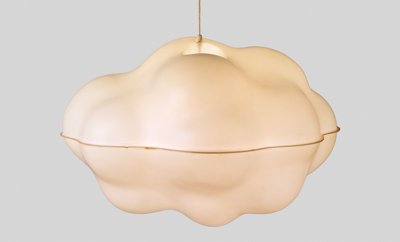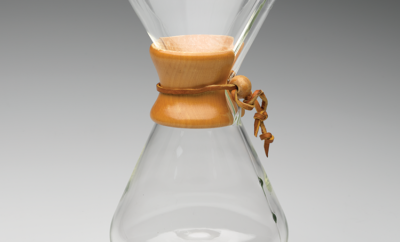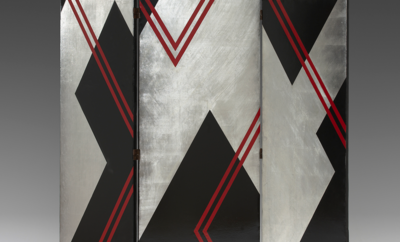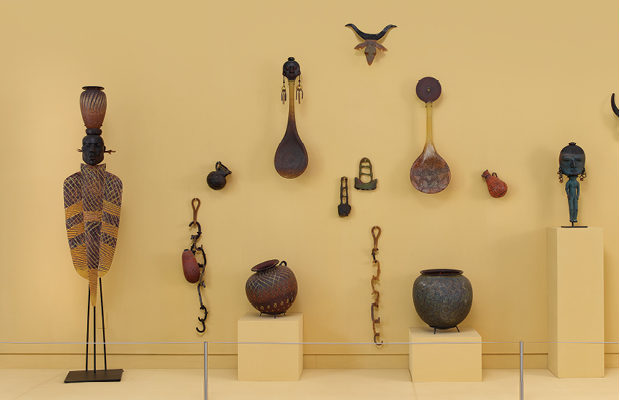 GIFT OF LIN ARISON © WILLIAM MORRIS/DANIEL PORTNOY PHOTO
GIFT OF LIN ARISON © WILLIAM MORRIS/DANIEL PORTNOY PHOTO
Design
Curator’s Eye
WE ASKED CURATORS OF LEADING TWENTIETH-CENTURY AND CONTEMPORARY DESIGN COLLECTIONS TO DISCUSS ONE OBJECT THAT THEY FEEL IS PARTICULARLY NOTEWORTHY. HERE IS A GALLERY OF THEIR CHOICES.
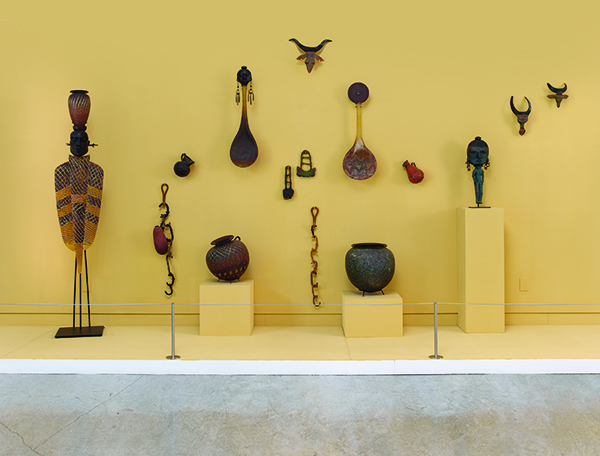
William Morris (1957–), DINKA WOMAN’S HEARTH, Blown glass, metal, 1999–2003 | GIFT OF LIN ARISON © WILLIAM MORRIS/DANIEL PORTNOY PHOTO
DINKA WOMAN’S HEARTH was completed four years before Washington State artist William Morris announced his retirement from the professional glass world in 2007. Recognized as both a master glassblower and a sculptor, Morris is best known for works that reflect his deep interest in anthropology, hunting, and the symbiotic relationship that binds man and beast together in the wild. Dinka Woman’s Hearth showcases these interests while also epitomizing Morris’s mature aesthetic. Like all his works, this complex piece combines subjective interpretations of Native American, pre- Columbian, and Oceanic cultures with animal forms and stylized human figures that exhibit non- Western features and dress. In keeping with Morris’s aesthetic, Dinka Woman’s Hearth does so without referencing a specific culture, even though “Dinka” refers to one of the Nilotic peoples who are among South Sudan’s largest ethnic groups. Rather, he uses the symbolism practiced by ancient cultures to suggest the possibility of narrative. Elements such as nonspecific animal trophy heads, for example, celebrate an imagined and ancient civilization’s relationship with nature without alluding to specific allegories, myths, or histories. The objects are installed frontally with no interaction between the components, an arrangement reminiscent of Western museums’ treatment of so-called “ethnographic” or “non-Western” art. As in his other work of the period, Morris has treated the glass components with powders that mute the material’s inherently reflective and refractive qualities in order to evoke other materials, such as clay and bone. Dinka Woman’s Hearth is the focal point of the Lowe Art Museum’s Palley Pavilion, which is primarily devoted to the display of studio glass and contemporary ceramics.
Jill Deupi
Beaux Arts Director and Chief Curator, Lowe Art Museum, Coral Gables, Florida
Davira S. Taragin
Guest Curator of Studio Glass and Contemporary Ceramics, Lowe Art Museum


